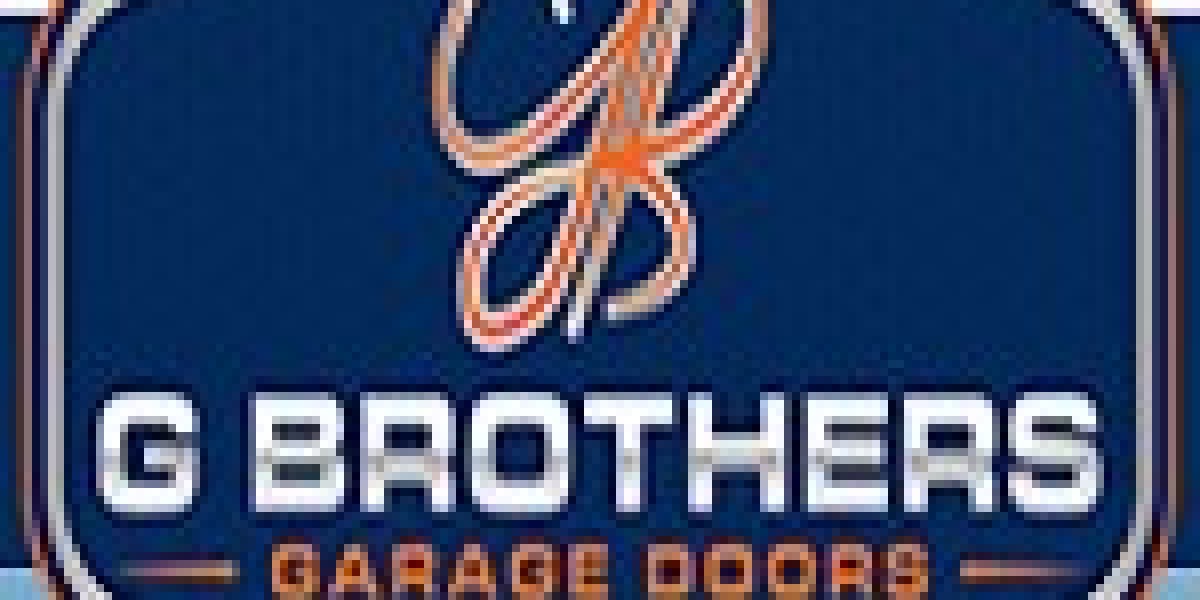1. Inspect the Door’s Alignment
One of the first things to check is the alignment of your residential garage doors. A misaligned door can cause uneven movement, putting extra strain on the opener and other components. To inspect the door’s alignment, open it halfway and observe if it stays level. If one side is higher or lower than the other, you might have an issue with the tracks or springs that require attention from a professional.
2. Check the Springs
The springs of your garage door play a crucial role in counterbalancing the door's weight. Without properly functioning springs, the garage door could be difficult to open or could fall suddenly, posing a safety hazard. Look for any visible signs of wear, such as rust, gaps, or cracks. If you notice any damage, it’s important to call a professional, as garage door spring repairs can be dangerous.
3. Lubricate the Moving Parts
Lubrication is essential for the smooth operation of your garage door. Apply a high-quality lubricant to the moving parts, including the rollers, hinges, tracks, and springs. This will reduce friction, prevent wear, and keep the door running quietly. Be sure to avoid using WD-40, as it can attract dust and dirt, which may cause additional wear. Instead, use a silicone-based lubricant or a specialized garage door grease.
4. Inspect the Tracks
The tracks guide the movement of your garage door, and any obstruction or damage can hinder the door's operation. Inspect the tracks for debris, dirt, or rust, which can cause the door to get stuck or not open fully. You should also ensure that the tracks are aligned correctly. If the tracks are misaligned, the door could get off track, which may lead to more significant issues.
5. Test the Door’s Balance
An unbalanced garage door puts additional strain on the opener and can cause the door to malfunction over time. To test the balance, disconnect the garage door opener by pulling the emergency release cord (usually a red rope). Once disconnected, manually open the door halfway. If it stays in place, the balance is fine. If the door moves up or down on its own, the springs may need to be adjusted or replaced.
6. Check the Safety Features
Most modern residential garage doors come with safety features, such as photo-eye sensors and auto-reverse mechanisms, to prevent accidents. Check the sensors, located near the bottom of the door frame, to ensure they are aligned and unobstructed. You can test the auto-reverse feature by placing a small object (such as a block of wood) in the door’s path when closing. The door should reverse automatically when it makes contact with the object. If these features aren’t working, they may need to be adjusted or replaced.
7. Examine the Weatherstripping
Weatherstripping is the rubber seal that runs along the bottom of your garage door. It helps keep the garage insulated, prevents drafts, and blocks out moisture, dirt, and pests. Inspect the weatherstripping for cracks, tears, or signs of wear. If the seal is damaged, it can allow cold air, rain, or debris into the garage, leading to higher energy bills and potential damage to your garage’s interior. Replacing damaged weatherstripping is an easy and cost-effective way to keep your garage well-sealed.
8. Inspect the Garage Door Opener
Your garage door opener is the mechanism that powers the door’s movement. Ensure that the opener is functioning correctly by testing it with both the wall switch and remote control. If the opener makes strange noises or struggles to lift the door, there could be an issue with the motor or the opener’s components. Check the opener’s safety features, such as the reversing mechanism, to ensure that they are working properly. If your opener is older, you might want to consider upgrading it for better efficiency and performance.
9. Clean the Door
While it might seem like a cosmetic issue, cleaning your garage door regularly is an important part of maintenance. Dirt, grime, and environmental pollutants can accumulate on the surface of the door, leading to deterioration over time. Clean your residential garage doors with a mild detergent and warm water, and be sure to rinse thoroughly. If you have a metal garage door, you may want to apply a protective coating to prevent rusting. Wooden doors may need more specialized care, such as resealing or repainting, to protect them from the elements.
10. Test the Door’s Operation
After performing the necessary inspections and maintenance, take a moment to test the overall operation of the door. Open and close it several times, listening for unusual sounds or signs of struggle. The door should move smoothly and quietly. If you notice anything that seems off, such as jerky movements or delayed responses, it may indicate a problem that needs professional attention.
11. Schedule Professional Inspections
Even if you’re diligent about performing your own garage door maintenance, it’s essential to have a professional inspect and service your door annually. A professional technician can spot potential issues that may not be immediately visible and can ensure that all components are functioning at their best. Regular professional maintenance can help prevent breakdowns and keep your residential garage doors in top condition for years to come.
Conclusion
By following this comprehensive garage door maintenance checklist, Lakewood homeowners can ensure that their residential garage doors remain in great shape and function smoothly for years. Regular maintenance not only prevents costly repairs but also enhances the safety, security, and energy efficiency of your home. If you notice any signs of damage or malfunction, be sure to address them promptly to keep your garage door in top working condition. And don’t forget, scheduling a professional inspection annually can catch any hidden issues before they become bigger problems.



